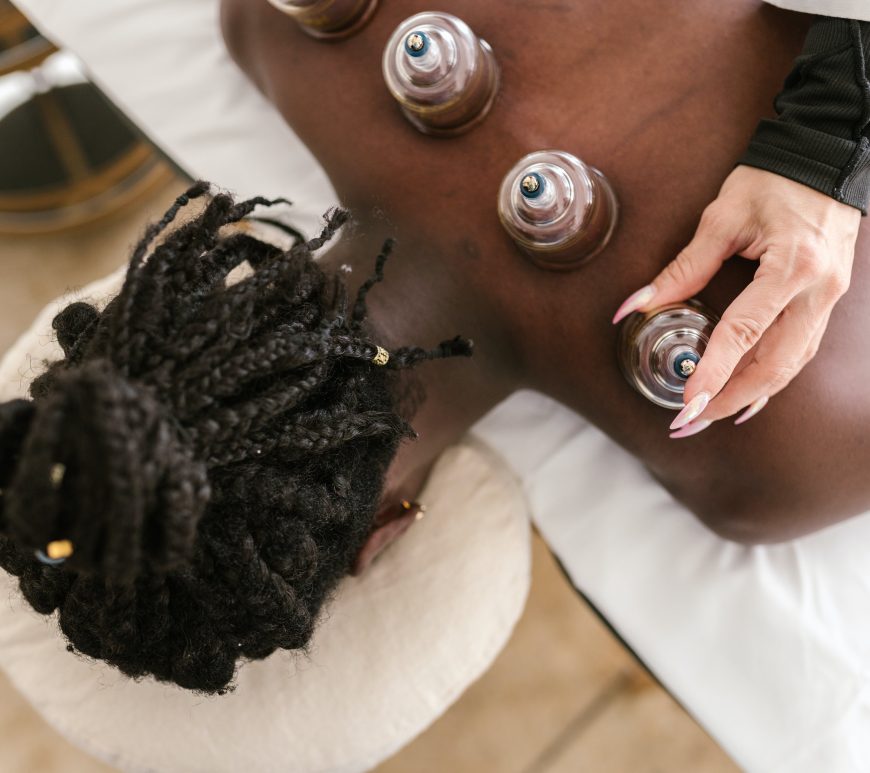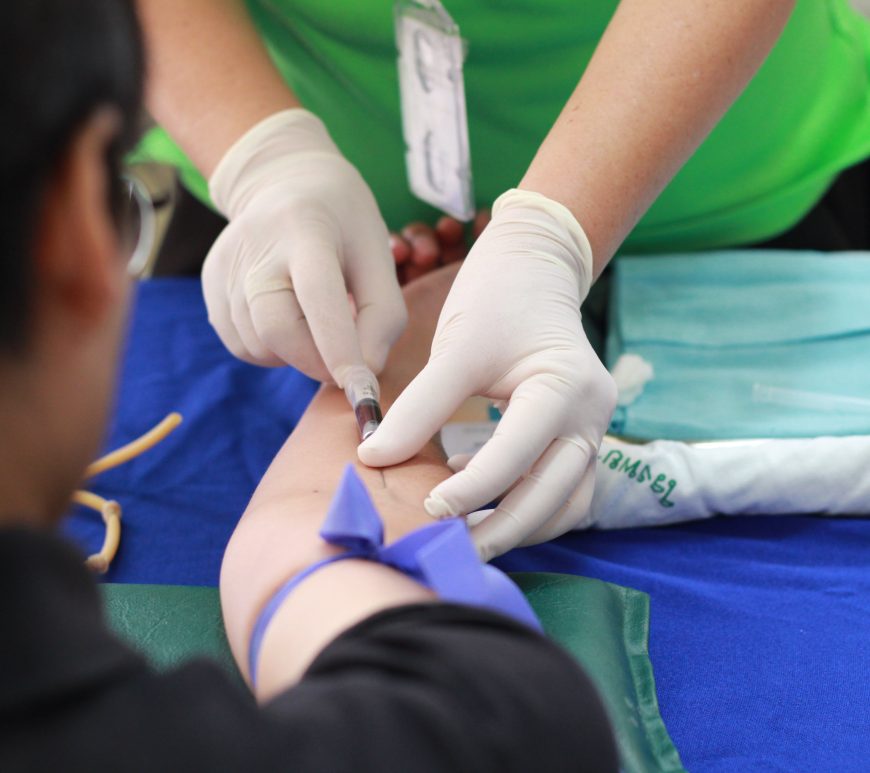
How cost-effective is physical therapy in reflex sympathetic dystrophy?
In 1999, Severens, et. al., conducted study about Reflex Sympathetic Dystrophy (RSD) which poses a challenging scenario for patients, particularly in the realm of treatment effectiveness and associated costs. In an effort to shed light on this matter, a two-center randomized clinical trial was conducted to compare the cost-effectiveness of adjuvant treatments, specifically pairwise physical therapy (PT), occupational therapy (OT), and control treatment (CT). The … Continue reading How cost-effective is physical therapy in reflex sympathetic dystrophy?



